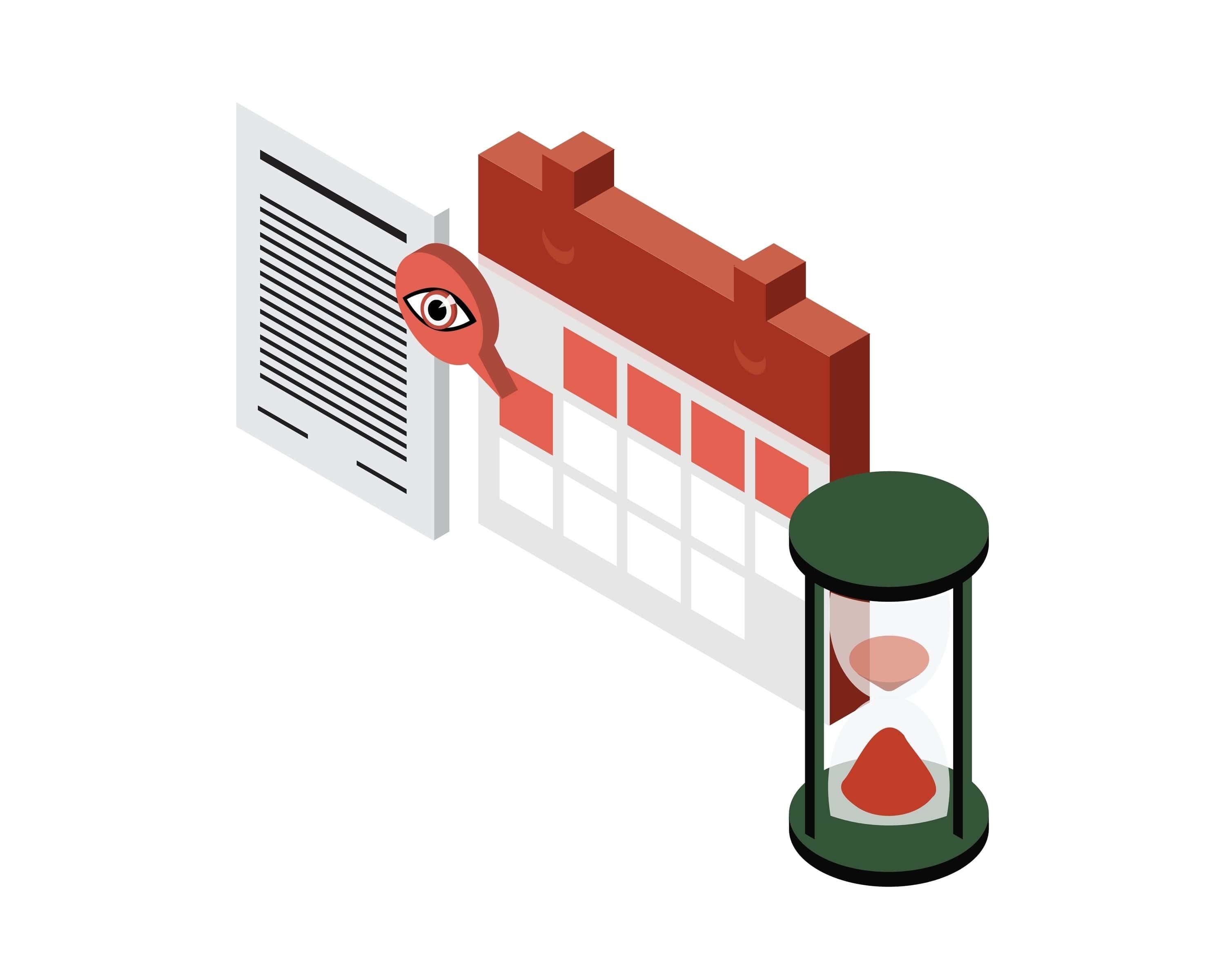Aisha works in a multinational company and as a part of the routine health checkup, she went to a hospital where she was surprised to know that her blood pressure was high. She had a risk of cardiovascular or heart ailment. Aisha is only 35 years old and she was diagnosed with hypertension. She had no health insurance plan and was worried about her condition. This led her to look for health plans that will provide a cover to her health. Blood pressure can lead to a stroke or a blockage in her veins; this is why it is important for her to invest in a health insurance plan.
Importance of monitoring your blood pressure
Monitoring your blood pressure can ensure you are in control of your condition. You can ensure that your blood pressure is always normal and in case of anything, you can share the information with your doctor as well. Monitoring the blood pressure at home is an easy task.
In addition to investing in health insurance plans, you can use the monitor to check your blood pressure at home. First of all, you need to understand the terms associated with the same. Your blood pressure is counted as high if it is over 140/90 millimeters of mercury (mm Hg). The first number is the pressure at which your heart pumps blood and the second number measures the diastolic pressure, which is when your heart is between two beats. If you notice that your blood pressure is 160/100 mm Hg or higher, you will need to see a doctor until it is stabilized. Similarly, if the blood pressure is under 140/90, you will have to see a doctor for the same. You need to ensure that you have a stable blood pressure at all times and this might not require you to visit the doctor repeatedly. Self-monitoring blood pressure at home is an easy way to track the BP readings without the need for a medical professional. It is advisable for you to invest in a health insurance for high blood pressure if your blood pressure consistently remains high.
How to take the blood pressure properly
Here are the two steps you need to follow in order to ensure that you are taking your readings properly.
1. Choose the best device
Pick an at-home monitor that is easy to use and is highly accurate. Many devices are inaccurate and show a difference of more than 10 mm Hg. This means your reading will be very different from your actual condition. Choose a monitor that is widely used by medical practitioners and pick an upper arm monitor in place of a wrist one.
2. Taking the reading
After you have purchased the machine, you need to learn to test it properly. You need to sit straight with your feet on the floor and your arms supported at the heart level. Take your time and relax for five minutes before you put on the cuff. Always take two readings since blood pressure fluctuates. It is ideal to take readings in the morning, evening, and mid-day to see the changes. Log all the results and contact the doctor if it is uncontrolled. Based on your readings, you can determine the frequency of using the machine.
High blood pressure could lead to a chronic illness in the long run. It is possible to apply for health insurance for chronic illness and ensure that the cost of medication and hospitalization are covered by the insurance company. Most insurance companies provide a cover for eight to 20 chronic illnesses. You can purchase an independent health insurance for high blood pressure or choose to buy a rider for critical illness on your current insurance plan.
Aisha works in a multinational company and as a part of the routine health checkup, she went to a hospital where she was surprised to know that her blood pressure was high. She had a risk of cardiovascular or heart ailment. Aisha is only 35 years old and she was diagnosed with hypertension. She had no health insurance plan and was worried about her condition. This led her to look for health plans that will provide a cover to her health. Blood pressure can lead to a stroke or a blockage in her veins; this is why it is important for her to invest in a health insurance plan.
Importance of monitoring your blood pressure
Monitoring your blood pressure can ensure you are in control of your condition. You can ensure that your blood pressure is always normal and in case of anything, you can share the information with your doctor as well. Monitoring the blood pressure at home is an easy task.
In addition to investing in health insurance plans, you can use the monitor to check your blood pressure at home. First of all, you need to understand the terms associated with the same. Your blood pressure is counted as high if it is over 140/90 millimeters of mercury (mm Hg). The first number is the pressure at which your heart pumps blood and the second number measures the diastolic pressure, which is when your heart is between two beats. If you notice that your blood pressure is 160/100 mm Hg or higher, you will need to see a doctor until it is stabilized. Similarly, if the blood pressure is under 140/90, you will have to see a doctor for the same. You need to ensure that you have a stable blood pressure at all times and this might not require you to visit the doctor repeatedly. Self-monitoring blood pressure at home is an easy way to track the BP readings without the need for a medical professional. It is advisable for you to invest in a health insurance for high blood pressure if your blood pressure consistently remains high.
How to take the blood pressure properly
Here are the two steps you need to follow in order to ensure that you are taking your readings properly.
1. Choose the best device
Pick an at-home monitor that is easy to use and is highly accurate. Many devices are inaccurate and show a difference of more than 10 mm Hg. This means your reading will be very different from your actual condition. Choose a monitor that is widely used by medical practitioners and pick an upper arm monitor in place of a wrist one.
2. Taking the reading
After you have purchased the machine, you need to learn to test it properly. You need to sit straight with your feet on the floor and your arms supported at the heart level. Take your time and relax for five minutes before you put on the cuff. Always take two readings since blood pressure fluctuates. It is ideal to take readings in the morning, evening, and mid-day to see the changes. Log all the results and contact the doctor if it is uncontrolled. Based on your readings, you can determine the frequency of using the machine.
High blood pressure could lead to a chronic illness in the long run. It is possible to apply for health insurance for chronic illness and ensure that the cost of medication and hospitalization are covered by the insurance company. Most insurance companies provide a cover for eight to 20 chronic illnesses. You can purchase an independent health insurance for high blood pressure or choose to buy a rider for critical illness on your current insurance plan.






 1800-270-7000
1800-270-7000










